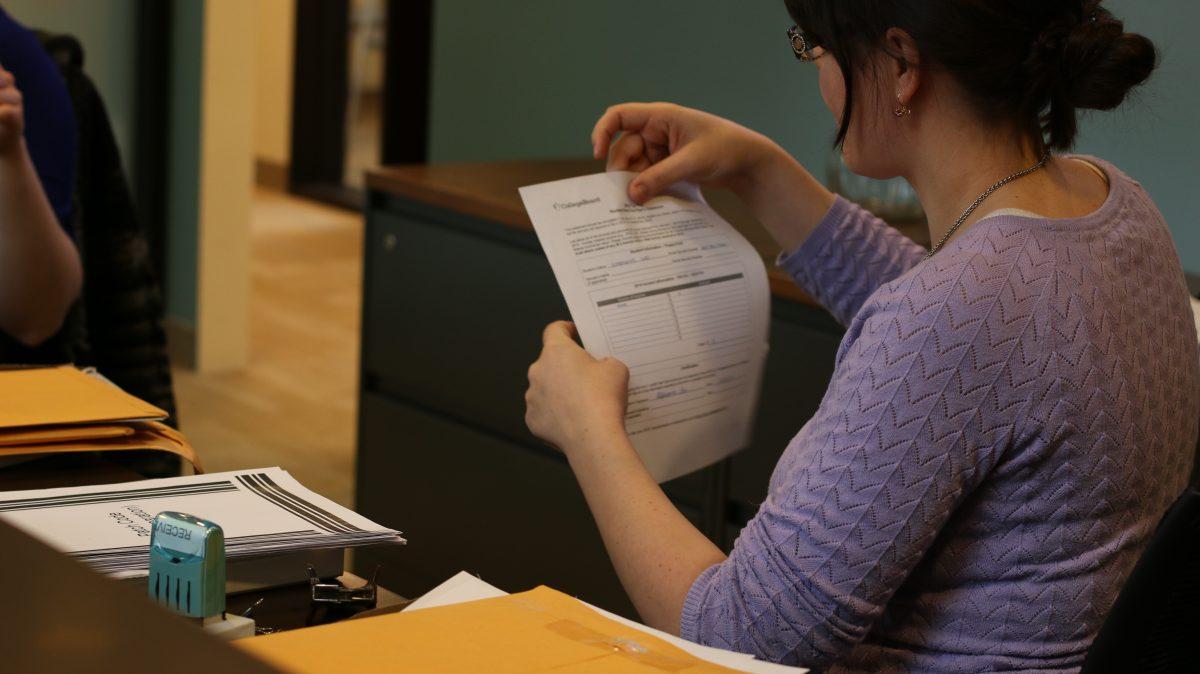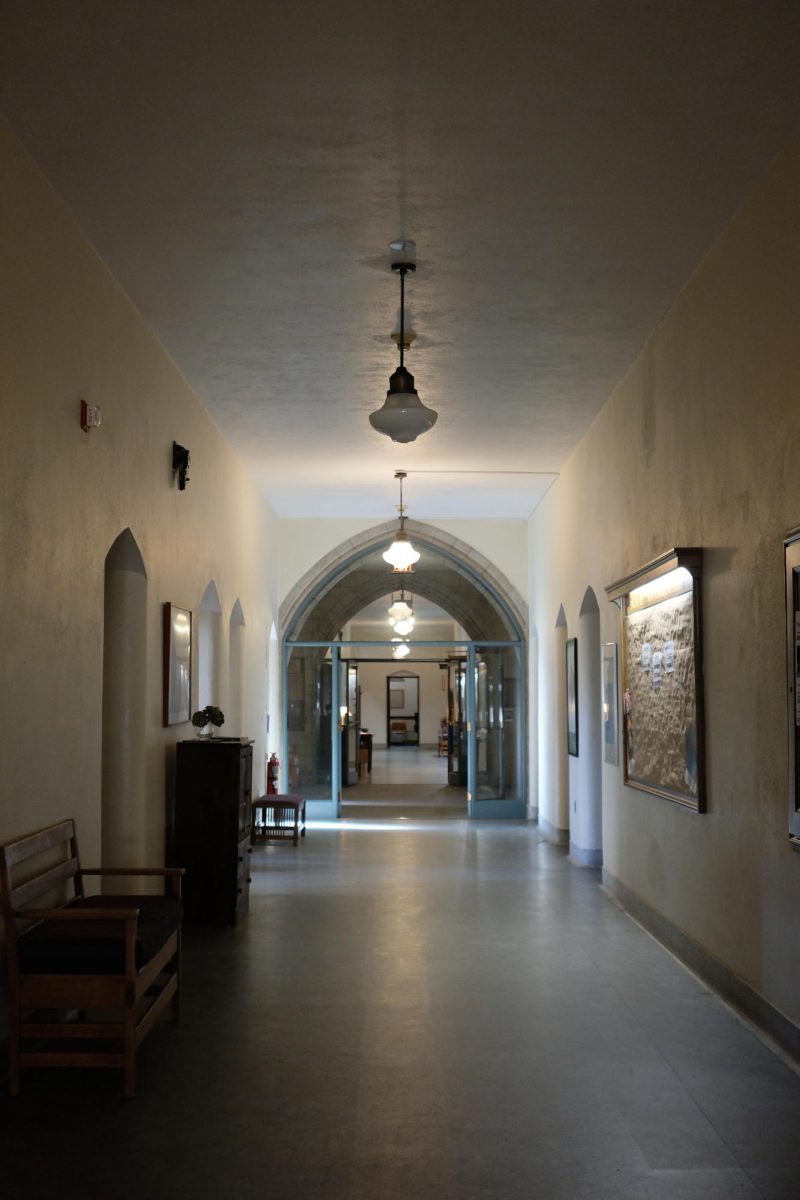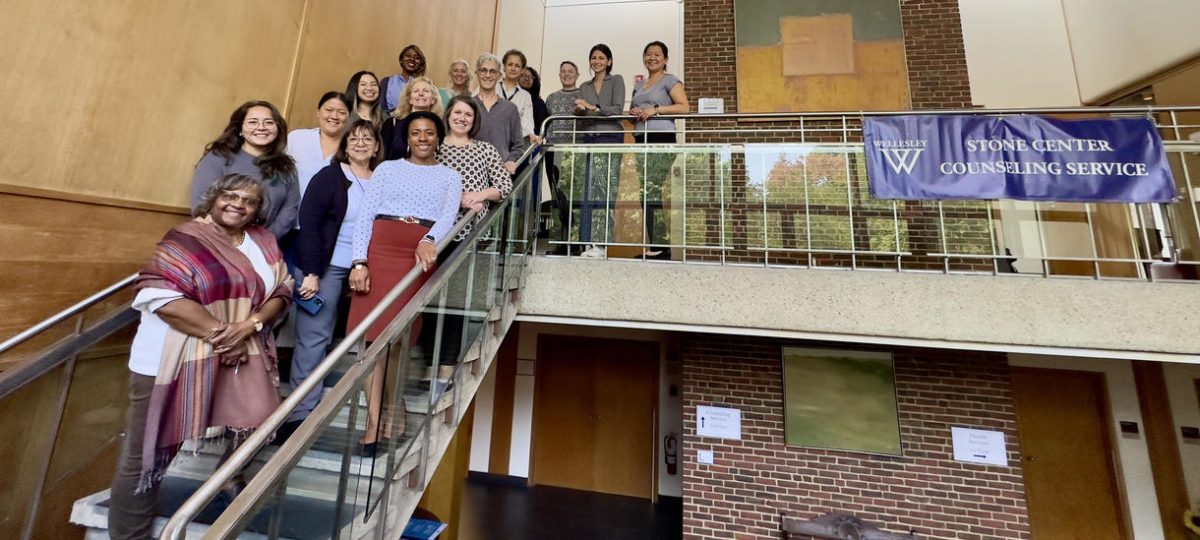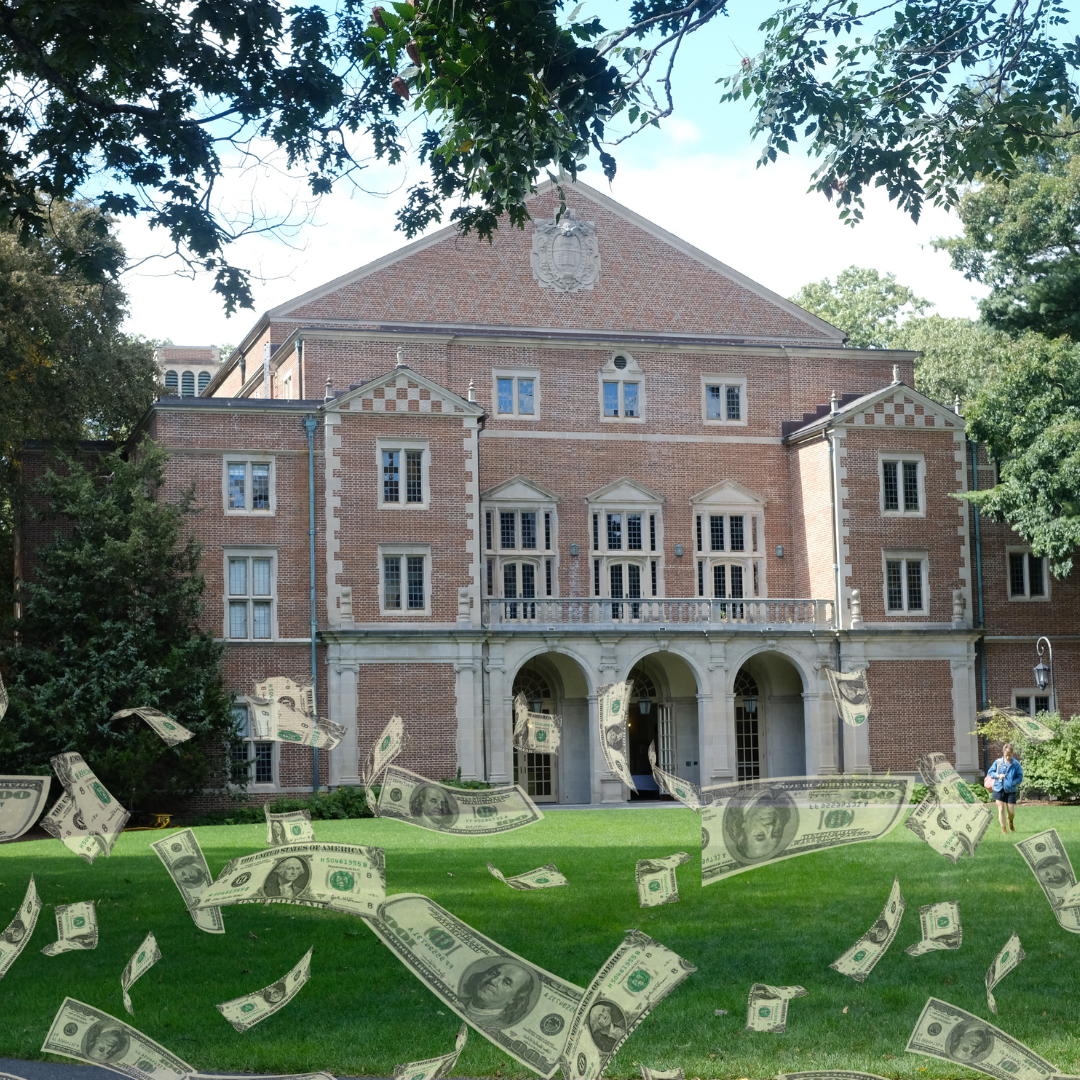Higher income families bear brunt of tuition hike
Next year, the comprehensive fee, or the cost of attending Wellesley, will increase by $2,302, which is 3.9 percent over the current fee. That brings the total comprehensive fee next year to just over $61,000. The increase will not affect students on financial aid, whose families are already paying all they can afford, meaning the burden of the tuition hike will mainly fall on higher income families.
The increase outpaces the current rate of national inflation as well as the most recent estimate of national wage growth. It is also larger than the tuition increases for the last three years, which up until now, had held steady at 3.5 percent annually.
Wellesley is not alone in increasing its tuition and fees at a rate higher than inflation each year. According to Bloomberg Business, colleges and universities across the country have been doing the same thing since the early 1980s. Last year, Wellesley’s tuition hike was low compared to those of its peer institutions, but even so, it was almost two percentage points above the average rate of inflation for 2014. Most other liberal arts colleges have yet to announce their tuition and fees for the upcoming year. One of the few that has is Bryn Mawr, which plans to raise its tuition by 3.5 percent.
“We’re very confident of the value that we provide here at Wellesley, but we’re also quite aware of the cost,” Vice President for Finance and Administration Ben Hammond said.
The College plans to award more financial aid next year, an estimated 7.4 percent more than it has this year, in order to ensure that every student who is accepted to Wellesley is able to attend. Director of Student Financial Services Scott Juedes said Wellesley remains committed to meeting the full need of its students.
“In some [other schools], you get a huge loan jump or a huge work-study jump,” Juedes said. “We don’t do that.”
A student’s loan burden is set to increase slightly each year, but that growth is unrelated to changes in the cost of attending Wellesley.
Junior Kendra Coleman compared Wellesley tuition to a progressive income tax, which takes a larger percentage of income from high-income groups compared to low-income groups.
“It’s like raising taxes on higher income people in the country,” Coleman said.
The increase may be most burdensome on families who have extra costs that are not recognized by the College in its calculations of financial aid. For instance, families who are supporting another child in graduate school may have a hard time paying the extra $2,300. So might families in which one parent is shouldering the full cost of their child’s college education, even though the other parent can afford to contribute.
“For me, it wouldn’t make a difference, because I’m on financial aid,” Dalila Stanfield ’18 said. “But I feel like it affects the people who are right in the middle, families who can afford it on paper, but can’t afford it [in practice].”
The comprehensive fee includes not just the cost of tuition, but also the cost of room and board, the meal plan and the student activity fee. All together, those costs have risen by 3.5 percent annually over the last three years, making this year’s increase higher than usual.
Part of the reason for the extra hike is that the College is under pressure to increase its compensation of faculty and staff, many of whom have recently received very low raises in order to reign in the College’s costs. Some staff members have forgone raises altogether. The College also faces increased pressure to balance its budget in order to pay for the Campus Renewal renovations.
Hammond says Wellesley is committed to maintaining its excellent faculty and staff, whose salaries must keep pace with the cost of living in the Boston area. Rising healthcare costs and a higher minimum wage for student workers have also driven up personnel costs.
As for the Campus Renewal renovations, he says that it is about time we fund the upkeep of the campus buildings, which have been neglected for decades.
“It’s the responsible stewardship of Wellesley College … so that we’re not borrowing from future generations and handing them the bill to rebuild the campus,” Hammond said.
Money collected from the comprehensive fee — along with donations, money from the endowment and debt — is used to fund all the costs associated with running the College. Over half of the College’s expenses are salaries for faculty, staff and student workers. The rest goes not only to large-scale projects like Campus Renewal but also to the day-to-day costs of operating the College such as the upkeep of the buildings and services like the Peter Pan bus.
In fact, the comprehensive fee that students and their families pay only covers around 60 percent of the full yearly cost of a Wellesley education. The rest is mainly paid for with money from the endowment and gifts from alumnae.
Last year, the College formed the Revenue Ad-Hoc Committee to search for new sources of funding, like the sale of the North 40, in order to control tuition hikes and limit the amount of money the College draws from its endowment each year. However, Hammond says those are long-term goals, and in the meantime, the College also has a responsibility to cover its immediate costs.
“We need to balance our budget for next year, and tuition revenue is a very important part of that,” he said. “We [also] need to be concerned about the long run, and make sure that we are providing value for the money that students and their families are paying for Wellesley.”
The increase in the comprehensive fee should lead to an increase in revenue of at least 2.6 percent next year. In fact, revenue should increase by slightly more than that, given the College expects enrollment to increase, meaning more families will be paying the fee.
The comprehensive fee was recommended to the Board of Trustees by President Bottomly in consultation with the Provost’s Budget Committee, the College’s senior staff and the Budget Advisory Committee, which includes student representatives.
Despite the creation of the Revenue Ad Hoc Committee to help balance the budget and pay for Campus Renewal, the Finance Committee projects that the College will face a deficit of $1.3 million at the end of this year unless corrective action is taken soon. $1.3 million is equivalent to less than one percent of this year’s budget. The trustees will continue to discuss steps that the College can take to address the projected budget deficit. The Board plans to approve next year’s operating budget in April.
Photo by Lydia Han ’18, Photography Editor






